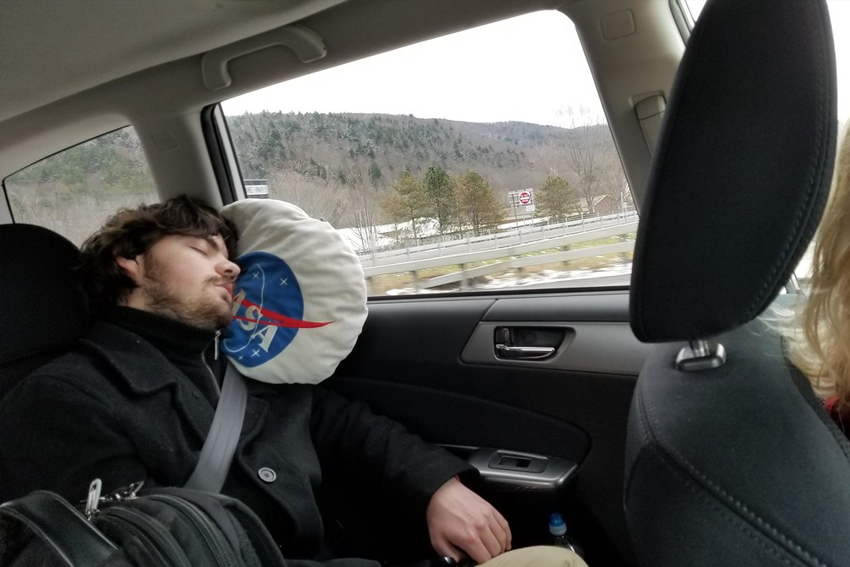Lower Back Pain
This is a common problem that affects millions of people around the world. Whether it’s due to poor posture, muscle strain, or a medical condition, lower back pain can be debilitating and interfere with daily life. Fortunately, physiotherapy can offer effective relief without the need for surgery or medication. In this article, we’ll explore how physiotherapy can help you find relief.
What Causes this?
It can be caused by a variety of factors, including poor posture, muscle strain, spinal stenosis, herniated discs, or degenerative disc disease. In some cases, pain can also be a symptom of an underlying medical condition like arthritis, fibromyalgia, or osteoporosis. Regardless of the cause, it can be frustrating and make it difficult to perform daily activities.
How Can Physiotherapy Help?
Physiotherapy can help relieve the pain by addressing the underlying cause of the pain. A physiotherapist will perform a thorough assessment to determine the cause of your pain and develop a personalized treatment plan. Treatment may include exercises to improve mobility, stretches to improve flexibility, and manual therapy to alleviate pain and improve function.
One of the most common techniques used in physiotherapy is called spinal manipulation. This technique involves the gentle manipulation of the spine to realign vertebrae and alleviate pressure on nerves. Spinal manipulation can also improve range of motion, reduce muscle tension, and improve circulation to the affected area.
Another technique used in physiotherapy is called McKenzie Therapy. This approach focuses on identifying and treating the specific movements and positions that aggravate. With the guidance of a physiotherapist, you’ll learn exercises and movements to alleviate pain and improve function.
What Are the Benefits of Physiotherapy ?
Physiotherapy offers a number of benefits for those suffering back pain. Unlike medication or surgery, physiotherapy is a non-invasive and drug-free approach to pain relief. Physiotherapy also addresses the root cause, rather than just masking the symptoms. In addition to pain relief, physiotherapy can also improve mobility, flexibility, and overall physical function.
Conclusion
This kind can be a debilitating condition that interferes with daily life. Fortunately, physiotherapy offers an effective and non-invasive approach to pain relief. By addressing the underlying cause of the pain, physiotherapy can help you find long-term relief. If you’re struggling , contact a physiotherapist today to learn more about how physiotherapy can help. And if you’re in need of top-quality physiotherapy services, be sure to check out Tvasta Care – our experienced and compassionate team is here to help you achieve your goals! Click here to book your appointment.



